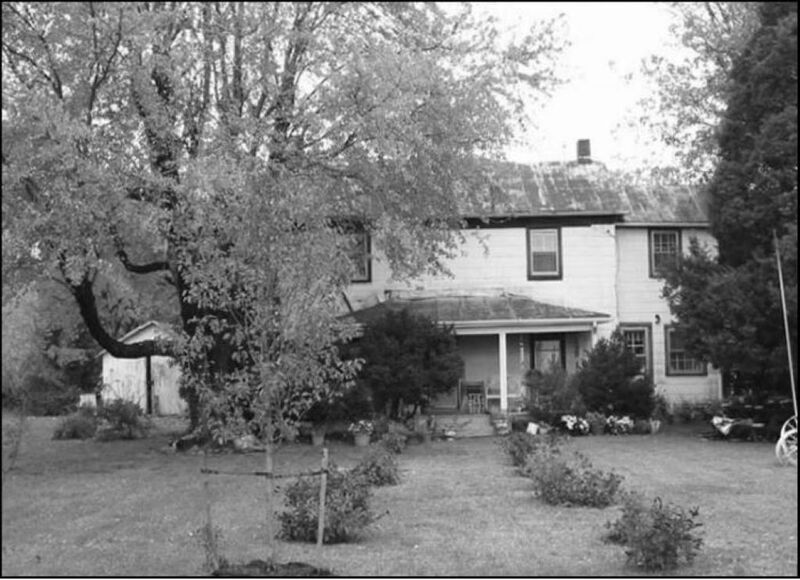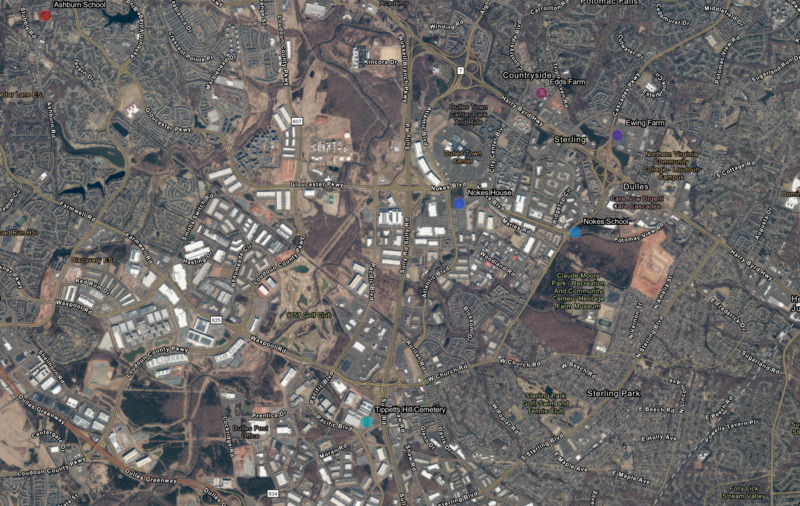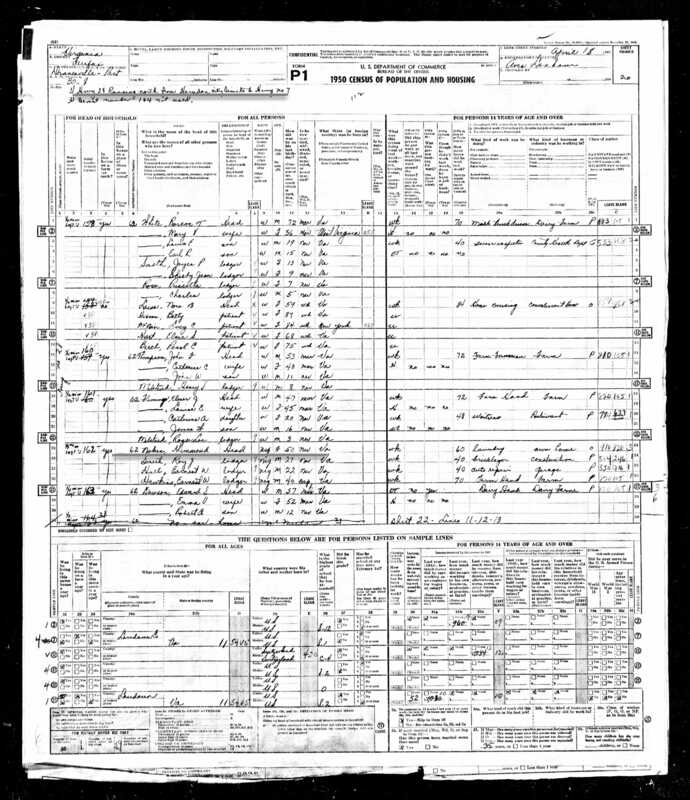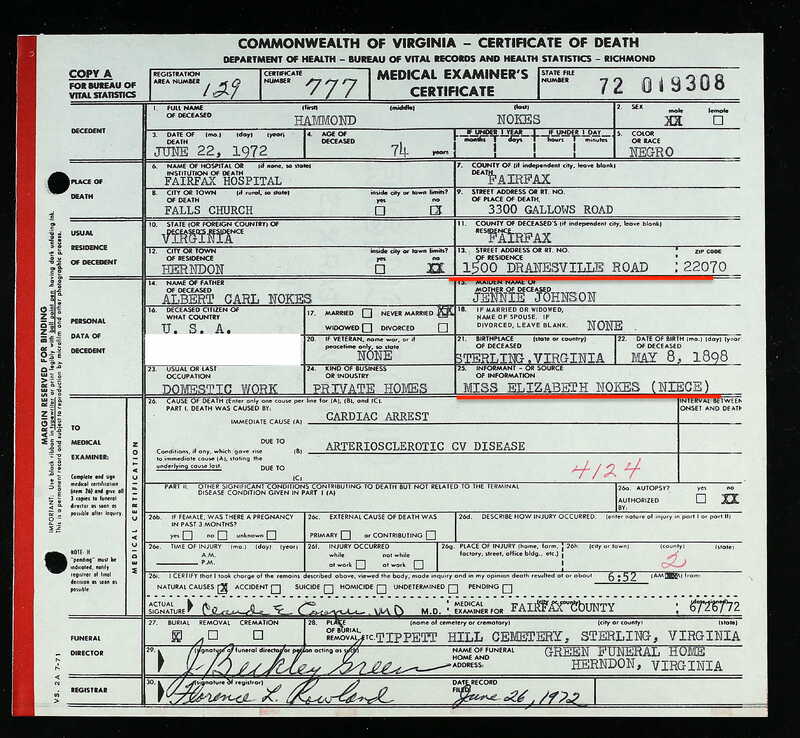Nokes Family: Black Life in Loudoun County
In an interview with Pauline Singletary (2002), Carrie Nokes discussed her experiences growing up, along with the Edds and Ewing families, in Loudoun during the early 20th century. Despite the Black history in the area, land was sold to realtors that sold it for Dulles Town Center’s development (2003). The home, and 10 acres of land, was purchased by Carrie's father Clarence in 1915 on the south side of Thayer Road (2002). These families and communities’ stories are being centered by the Black History Committee of Friends of the Thomas Balch Library, Inc, and other organizations focusing on Black experiences that have been pushed aside. The same work they did with these families is what I want to do with Hannah’s story. In the following pages, I highlight Hannah’s family and their interaction with the historical archive, how both her and her mother subverted gender norms, and her role in the Crawford case as well as the liminality communicated via her descriptions in newspapers. Lastly, I will close this project with a discussion of this project’s relevancy and its connections to the present.
Hannah’s death certificate (pictured left bottom) names her niece Elizabeth Nokes as the source of information for her death. This is the same woman informing the work those at the Thomas Balch Library have been doing in uncovering Black towns and villages in Northern Virginia. Hannah’s being apart of the Nokes family, but rarely being mentioned in work surrounding the Nokes family highlights the need for more Black geography theoretical interventions. Hannah’s lack in the narrative tells us that we need to look for the silences in the archive in order to further the work of centering stories that have been overlooked. A particular silence in the archive is Hannah’s mother Jennie.





